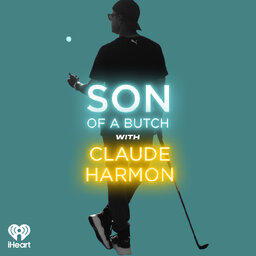Making the Putt vs. Trying Not to Miss the Putt
Claude discusses the importance of focusing on trying to make the putt as opposed to trying not to miss the putt. With that principle in mind, he talks through a putting drill he does with his Tour clients that helps them clear their heads and free up their stroke.
Thanks to our partners at COBRA GOLF: The new 3DP Tour irons utilize 3D printing technology to unlock a new realm of performance. Printed from 316 stainless steel, the 3DP Tour delivers the shape and feel of a player's blade with the stability and forgiveness of a game-improvement iron. This one-of-a-kind iron combines Tour-level precision with the ultimate consistency that aspirational golfers desire. Learn more at cobragolf.com
 Son of a Butch with Claude Harmon
Son of a Butch with Claude Harmon


